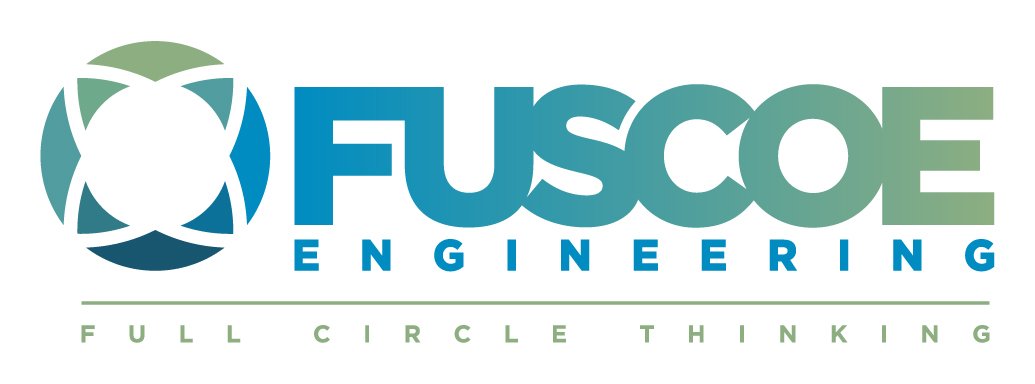Secretary Crowfoot gives keynote address during the 2020 BIA Southern California Water Conference
~ CA Secretary of Natural Resources indicates that there’s a lot more that can be done ~
On July 28 of this year, Governor Gavin Newsom released the final version of the California Water Resilience Portfolio. The California Natural Resources Agency, California Environmental Protection Agency and Department of Food and Agriculture had developed a draft version of the portfolio for public feedback which was released in January 2020. The draft version ultimately received input from more than 200 individuals and organizations which helped shape various revisions including the addition of 14 new actions in the final version of the portfolio.
Wade Crowfoot, California Secretary of Natural Resources, spoke yesterday about the California Water Resilience Portfolio as the keynote speaker at the 2020 BIA Southern California Water Conference. Held virtually for the first time in the conference’s 14 year history – as the COVID-19 pandemic continues to impact the state including large gatherings – Crowfoot noted that while the stay-at-home orders for all but essential businesses has impacted most of us, California’s water supply, for most Californians, has continued uninterrupted with safe and available water.
The state’s natural resources secretary noted early on in his comments to the more than 200 virtual participants, that Governor Newsom stated in his first State of the State in Feb. 2019, that we must remain focused on our water system or face the detriment of our future. Crowfoot noted that Newsom is keenly aware that “there is no silver bullet to resolve our water challenges or our future water resilience.” Crowfoot likened the situation to not a silver bullet but rather silver buckshot because a set of actions are needed. The California Water Resilience Portfolio therefore is the collective wisdom of numerous state, federal, local and tribal governments along with agencies, groups, leaders and individuals throughout the state.
Crowfoot contends that the plan has three key points
Regions need to lead the plan in their area. The California Water Resilience Portfolio includes an extensive appendix broken by region to assist readers. What is good in the state’s arid southern most area is far different from what is needed in Humboldt or Mendocino counties.
Although the state is important, it’s importance firstly is to the region. Its connections build strength. All answers to California’s complex water problems do not come from Sacramento. California’s water is a system of systems. Whether it’s a regional provider, a retail entity, or whatever it is, we need to remove the bottlenecks.
Preparation pays off. Look at the last drought and the districts that prepared for it. Crowfoot highlighted the conference’s panel on “Preparing for Emergencies” as an indicator of the need for this action.
Although the portfolio contains 142 actions Crowfoot and his team are prioritizing 10 plans including:
Ensuring that insulated counties get clean water.
Implementing groundwater management also known as the Sustainable Groundwater Management Act (SGMA) of 2014.
Achieve voluntary plans in the Sacramento-San Joaquin River Delta as the delta is key to the entire state water system.
Updating the regulations for water re-use and recycling water; Orange County Water District is the local leader for this.
Working with agriculture to get more organic matter back into the soil which will help to retain water and sequester carbon emissions
Working for better smart water storage above and below ground level. California has some 30 percent more storage below ground level than our current water reservoirs.
Optimizing the 2 billion dollars voters approved in 2014 for water storage for water reliance.
Modernizing water conveyance systems much like the today’s panel discussion on “The Delta Debate.”
Locally, Crowfoot’s team is helping to stabilizing the Salton Sea and in the northern part of the state they are focused on restoring the Klamath River with the removal of four dams.
Using more water data to improve water information for water management.
Crowfoot received a bachelor’s degree in political science from the University of Wisconsin-Madison in 1996 and earned a master’s degree in public policy from the London School of Economics in 2004, where he graduated with honors. A native of Michigan, Crowfoot grew up spending his summers outdoors before moving to California in the mid-1990s.
Crowfoot’s comments from yesterday’s conference are supported by the California Water Resilience Portfolio at: https://waterresilience.ca.gov/wp-content/uploads/2020/07/Final_California-Water-Resilience-Portfolio-2020_ADA3_v2_ay11-opt.pdf.
















